Here’s a little mystery: whatever happened to that nice, sensible foursome whom all week we were led to believe were ready to seize the reins of power from Liz Truss: Rishi Sunak, Jeremy Hunt, Penny Mordaunt and Ben Wallace? If Truss resigned, we were told, the Tory party would behave in the same grown-up fashion that it did when it elected Michael Howard as leader unopposed in 2003.
Yet come Truss’s resignation the fab four was nowhere to be seen. Instead, Penny Mordaunt quickly made it plain that she didn’t want to play second fiddle to Sunak and believed that she could run in her own right. There are two possible explanations for this. Firstly, that Mordaunt’s personal ambition is stronger than her desire to establish Conservative party unity. Or that secondly, she is the secret ‘Stop Boris’ candidate.
The problem for the fab four – if they ever really existed – will have become apparent as soon as 1922 chairman Sir Graham Brady announced the rules for the leadership election. Until then it was assumed that there would be some kind of stitch-up whereby ordinary Conservative members would be excluded, and that only MPs would choose the next leader. As it turns out, ordinary members will make the final choice, as they did in the summer, from a shortlist of two put to them by MPs.
There is a pretty strong indication from polling that if Boris gets on that shortlist of two, he wins. For Sunak and Mordaunt to have any chance, they must squeeze Johnson off the ballot paper. If Mordaunt teamed up with Sunak at this stage that would be extremely difficult to achieve – Boris would almost certainly creep through as number two on the MPs’ ballot (quite possibly without a contest given it would be hard for any other MP to achieve the 100 nominations required).
The answer: Sunak and Mordaunt both stand, with Sunak lending nominations to Mordaunt in order to make sure there are three candidates to be put before MPs – and hope Johnson comes third. If there is such a deal, we might then expect Mordaunt to concede and Sunak to become leader and PM without the need to ask the membership.
According to The Spectator’s own tracker at lunchtime on Friday, Sunak has 49 backers, Johnson 40 and Mordaunt is lagging behind on 17. It will be interesting to see what happens when Sunak reaches 100, as he presumably will. Does Mordaunt’s tally then start increasing sharply as Sunak supporters lend her their nomination? If so, that would seem to indicate that there is indeed a Sunak-Mordaunt pact in operation. Rumours that Ben Wallace is to come out in favour of Johnson, on the other hand, suggest that he doesn’t have any part of it.
The question is: who came up with the rules for the leadership election? Was it Brady in his own right, or was it a wider decision among the 1922 Committee? I don’t claim to know what goes on in the 1922, which seems about as easy to decipher as the Kremlin, but it does seem as if the rules could not have been better designed to give Johnson the best possible chance of succeeding. If Johnson does win, there will inevitably be a big fallout – with many asking how the 1922 Committee came to acquire the power to set important aspects of the rules of a leadership election (number of nominations required, electronic voting) at whim.
Got something to add? Join the discussion and comment below.
Get 10 issues for just $10
Subscribe to The Spectator Australia today for the next 10 magazine issues, plus full online access, for just $10.


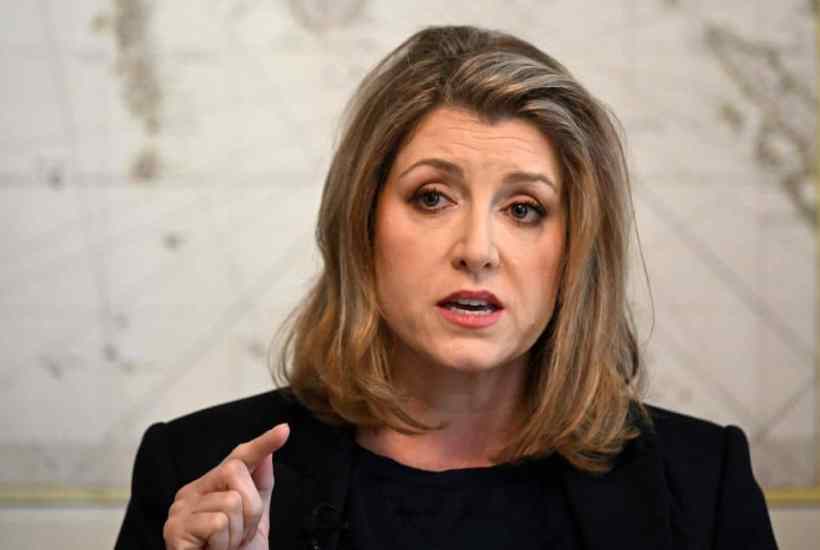
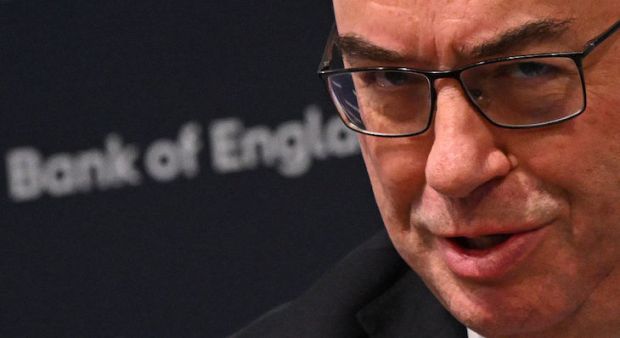
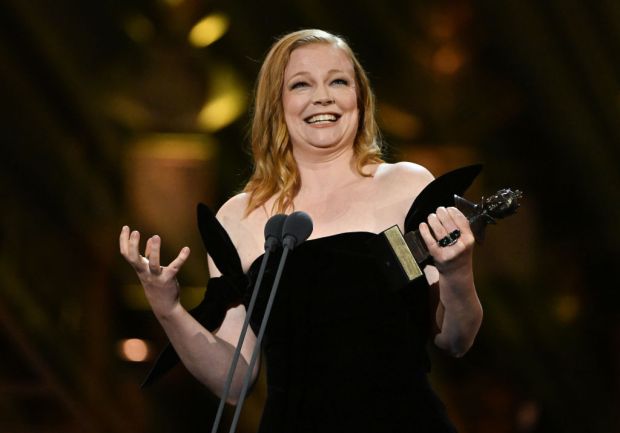
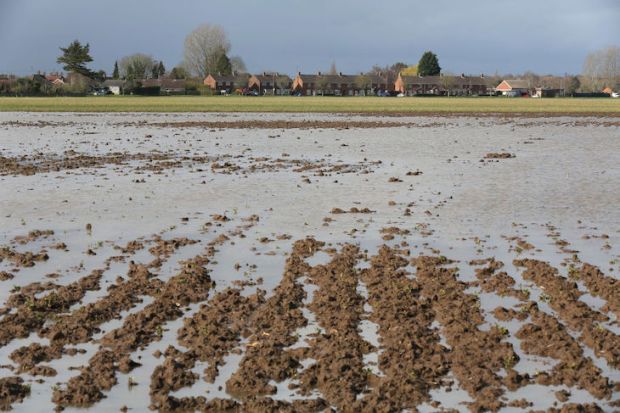
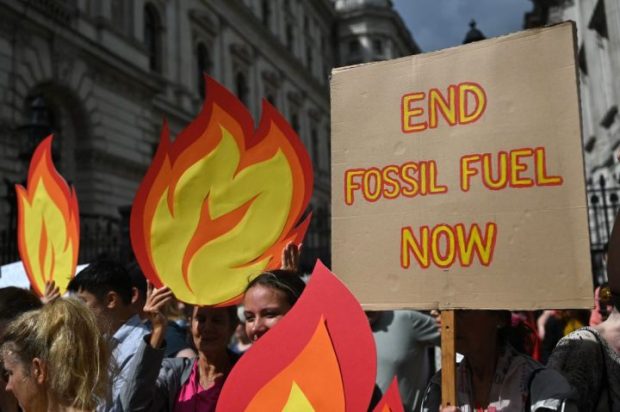
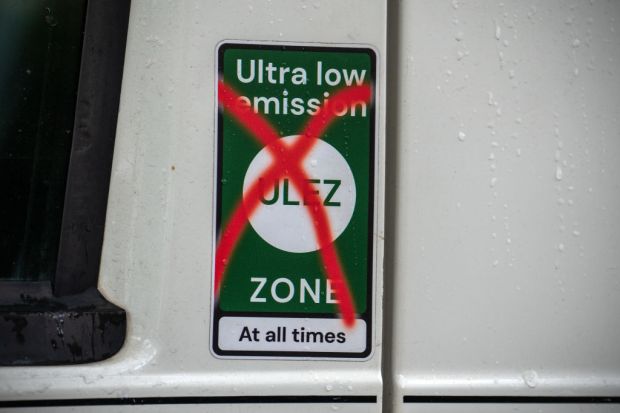
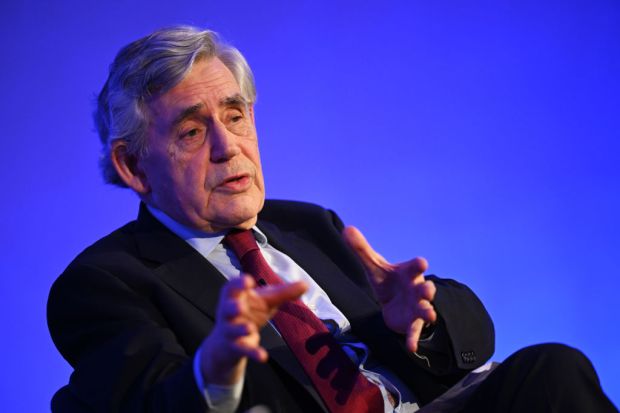












Comments
Don't miss out
Join the conversation with other Spectator Australia readers. Subscribe to leave a comment.
SUBSCRIBEAlready a subscriber? Log in